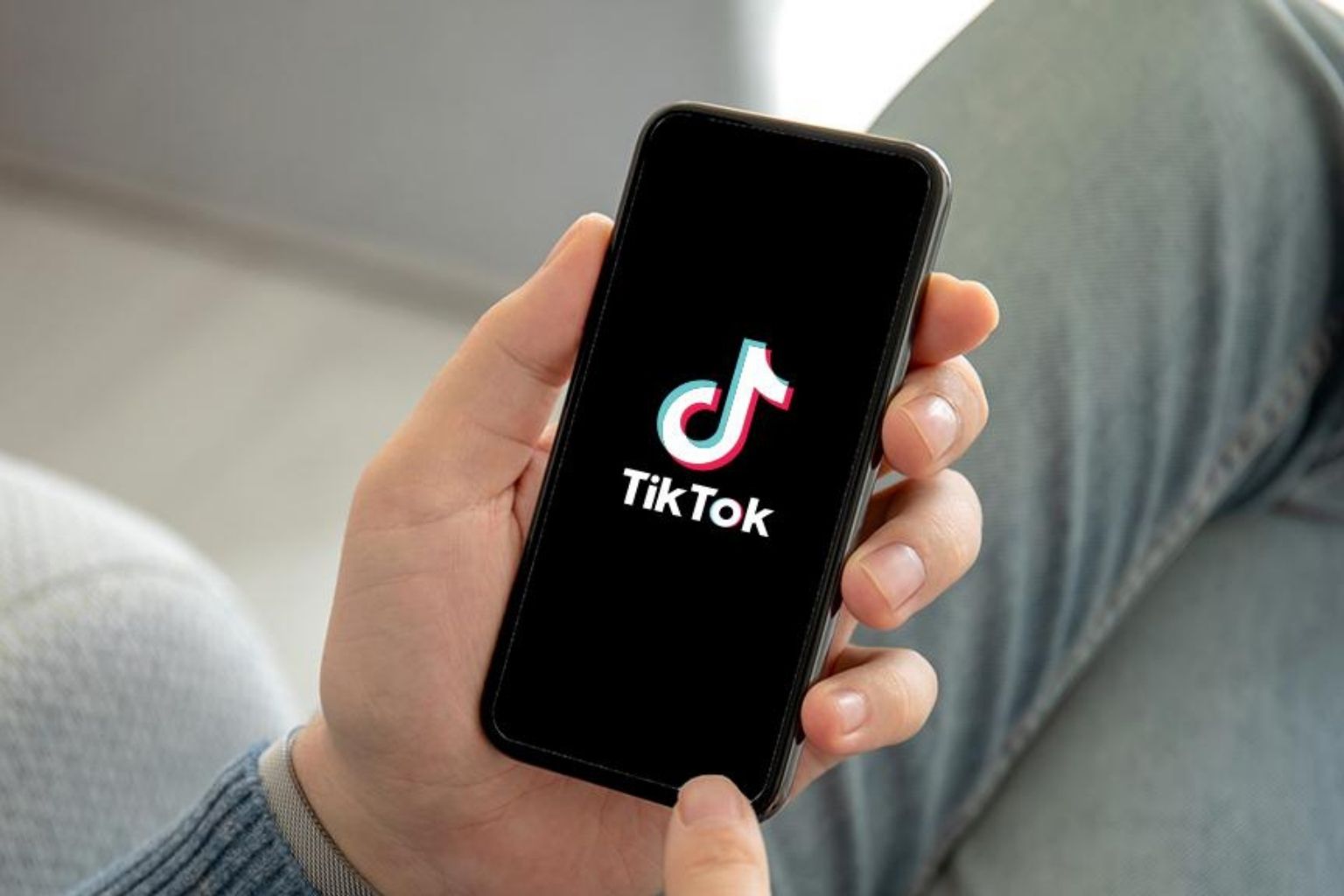Banyan Group, a leader in sustainable hospitality, unveils its 2024 Sustainability Report, One Banyan, One Sustainable Future. This 19th edition reflects the company’s ongoing progress and unwavering commitment to embedding sustainability into its operations. With a strong emphasis on environmental conservation, community engagement, and socially responsible business practices. The report highlights how the Group continues to align with its founding mission of “Embracing the Environment, Empowering People.” In 2024, Banyan Group took significant steps to promote marine conservation, empower local communities, and integrate sustainable practices throughout its global properties.
Ho Ren Yung, Deputy Chief Executive Officer of Banyan Group, shared a compelling vision for the company’s sustainability path ahead. Emphasizing its evolving commitment and the role of leadership in driving change:
“Sustainability is a cornerstone of Banyan Group’s purpose, and our journey will continue to evolve as we look to scale increasingly impactful practices in the upcoming years—with more ambitious climate action, deeper community engagement, and greater support for our associates to take action. To achieve this, we have introduced key performance metrics aligned with our identified material issues for all senior level associates in front-line and corporate roles. Empowering them to champion our ambitions. As we track our progress in 2025, we will further refine our associates’ roles to more meaningfully support the integration of responsible practices across our operations.”
Key Milestones in 2024
Energy Efficiency and Decarbonization
Banyan Group strengthened its commitment to reducing its environmental footprint by investing in energy-efficient infrastructure and renewable energy. For instance, the Group upgraded lighting systems, air conditioning units, and room control systems across its resorts. It also installed solar panels and timer controls at multiple properties. As a result, these efforts led to a 5.7% reduction in emissions intensity per occupied room compared to 2023.
Waste Reduction and Recycling
The Group advanced its waste management efforts by prioritizing reduction, recycling, and repurposing. In 2024, it diverted 28% of total waste from landfills—a five-point increase from the previous year. These efforts included food donations, composting kitchen waste, and upcycling materials. Consequently, Banyan Group reinforced its dedication to circular economy practices.
Water Conservation Efforts
Banyan Group prioritized responsible water use by maintaining infrastructure, detecting leaks, improving storage systems, and expanding water reuse. Through these proactive measures, the Group achieved a 5.1% improvement in water efficiency per occupied room compared to 2023.
Marine Conservation Initiatives
Sustainability in marine environments also remained a key focus. Notably, the Group expanded its Marine Lab in the Maldives and partnered with the China Environmental Protection Foundation (CEPF) to launch the Coral Reef Restoration Project. These initiatives, in turn, underscore the Group’s commitment to preserving marine ecosystems and reducing operational impact.
Support for Local Communities
In 2024, Banyan Group deepened its community engagement by offering education, training, and employment opportunities. Its Seedlings program, for example, supported 93 young individuals through mentorship, while the Group created more than 2,500 internship opportunities. Moreover, it grew its artisan network, commissioning products from 306 artisan communities—including 66 newly engaged groups—to support heritage traditions and local economies.
Greater Good Grants
To mark its 30th anniversary, Banyan Group launched the Greater Good Grants (GGG), funding 30 associate-led projects that tackle sustainability issues across its operating regions. The Group selected these initiatives for their long-term social, environmental, and economic value to local communities. In doing so, it enabled employees to drive positive change at the grassroots level.
Angsana Velavaru’s Contributions to Sustainability
Ahmed Zahir, General Manager of Angsana Velavaru, reflected on the ethos of Angsana Velavaru and emphasized the team’s united approach to sustainability and community connection:
“At Angsana Velavaru, sustainability is not a department. It’s a shared responsibility. We’re proud of our team’s commitment to protecting the incredible natural environment we call home, and to building meaningful bridges with our surrounding communities.”
This spirit of collective purpose came to life in 2024, as Angsana Velavaru, a resort under Banyan Group, exemplified environmental leadership and community partnership through several impactful initiatives.
Coral Restoration and Guest Participation
After pausing coral restoration efforts in early 2024 due to a global bleaching event, the resort’s Marine Lab resumed its program in October. Since then, guests have taken part in guided coral planting sessions, helping nurture reef ecosystems. As of now, the resort has transplanted approximately 40 coral frames, each holding more than 1,000 fragments.
Plastic-Free Initiatives
Angsana Velavaru pushed forward its mission to eliminate single-use plastics by introducing an in-house glass water bottling system. This change significantly reduced waste without compromising guest convenience. Additionally, the housekeeping team contributed by upcycling damaged linens and umbrellas into tote bags and reusable napkins for the associate restaurant. Thus, the resort demonstrated innovation in sustainable hospitality.
Solar Power and Carbon Reduction
The resort also made major strides in reducing its carbon footprint. It completed the second phase of its solar panel installation. Which now generates over 1,500 kWh of renewable energy per day. Consequently, the upgrade reduced diesel consumption by 3.8% and cut greenhouse gas emission. Further aligning with Banyan Group’s broader carbon reduction targets.
Community Engagement
Angsana Velavaru expanded its connection with local communities through various educational and cultural initiatives. They hosted school visits where students learned about marine conservation and hospitality careers. Furthermore, traditional craft workshops and weekly Boduberu performances supported local artisans and preserved Maldivian heritage. Additionally, through the 2025 GGG Fund, the resort helped create a fully equipped computer lab for a partner school. Improving digital access for students.
Staff-Led Initiatives
The resort’s team actively led environmental and social efforts in collaboration with nearby islands. Joint clean-up campaigns removed more than 100 kg of waste. Moreover, resort-wide participation in global events—such as Earth Hour, World Ocean Day, and World Tourism Day. Which featured energy-saving activities and conservation workshops that engaged both guests and team members. These actions, collectively, helped foster a shared commitment to sustainability.
Continuing the Journey Toward Sustainability
Banyan Group’s 2024 Sustainability Report captures a year of meaningful action. It showcases how the company continues to embed sustainability into its core operations. From decarbonization to community development, the Group’s properties—including Angsana Velavaru—demonstrate that thoughtful innovation and collaborative effort can drive real change. As Banyan Group looks ahead, it aims to scale these efforts further and deepen its impact for both people and the planet.








